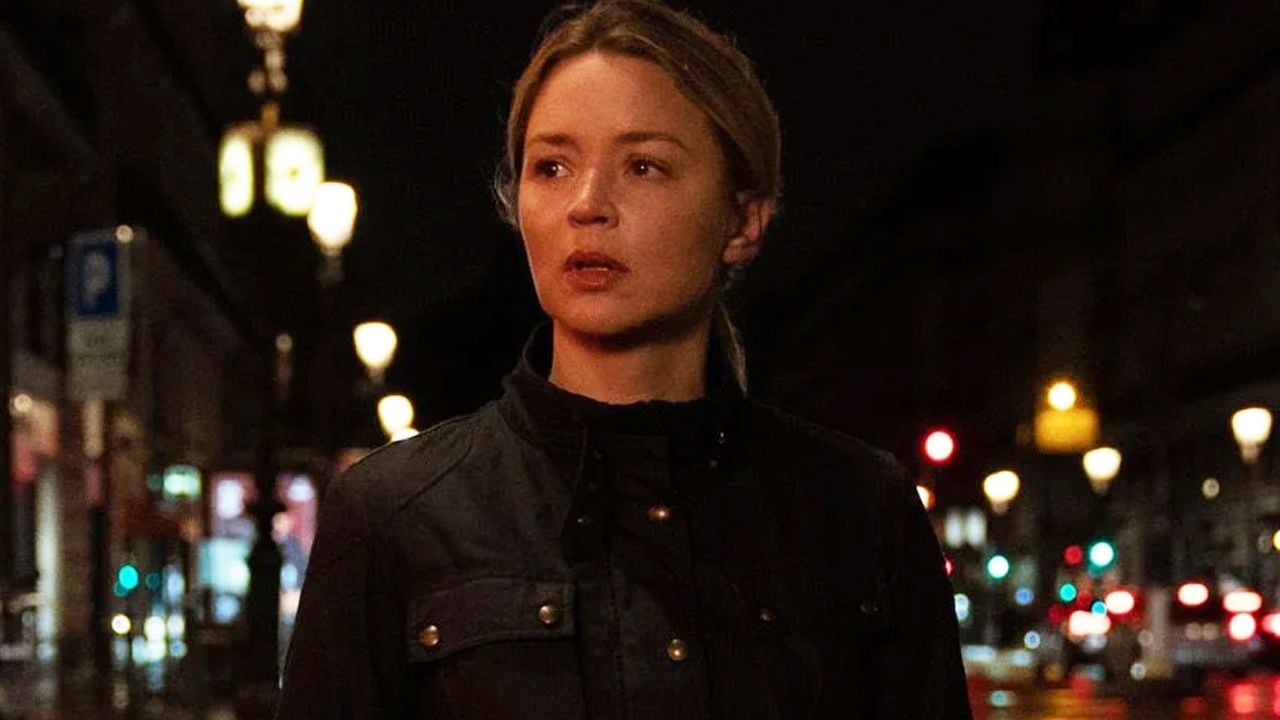His exhibition Pocket Painting brings new forms derived from pieces of architectural dimensions that have marked his work
50 years of painting have gone by since Paulo Pasta, at the age of 13, decided that he would follow no other path than art. Celebrating half a century of activity as a painter, this Thursday 16, at 6 pm, he inaugurates the new space of the Galeria Millan with the exhibition Pintura de Bolso. There are 90 canvases measuring 10 x 15 centimeters, the same size as the small psalm books of the Middle Ages. However, before looking for matches with medieval miniatures, Pasta, known for canvases of architectural dimensions, does not make the experience of painting small canvases an exercise in miniaturism.
To begin with, the colors of each of these canvases are counterexamples of the Neoplatonism of Marsilo Ficino, a Florentine philosopher of the Medici era, famous for having reconciled Christian theology with Platonic thought. In Paolo Pasta’s paintings the light does not have the supernatural dimension of the biblical ‘fiat lux’, also because the painter is openly agnostic.
Pasta is closer to the widespread theory Paul Clee, which a Bauhaus professor assured: light comes from total darkness. The times of Neoplatonism are behind us, according to Klee and Pasta: their colors are “immediately” – in Klee’s case, lunar; in the case of Pasta, deceptively sunny.
“Colour is a state for me,” says the painter, evoking the playwright Samuel Beckett explain that this chromatism (albeit luminous) arises from the acceptance of error as a constitutive element of painting. Beckett said, “Try again, fail again, fail better.” Pasta, master of painters like Luca Arrudahis former assistant, he made use of Beckett’s advice and followed his pedagogical spirit to organize the new exhibition of his “pocket paintings”.
In times of spectacular art, of gigantic projections in immersive exhibitions, Pasta walks against the tide. The small format of these canvases reflects the progressive internalization of his painting, from the metaphysical landscapes of the 80s to the new spatial organization of the more recent canvases.
Some new forms have arisen from discoveries in his older paintings. Among the 14 series in the exhibition, one of them, in particular, must mean like a canvas for Pasta In front of the gates of Kairouan (1914) represented for Paul Klee a break dictated by the geometric order (which led the Swiss painter to abstraction). In Pasta’s case, the squares in this series were suggested by one of the painter’s best-known shapes: the cross (without any direct connection with the Christian symbol).
Highlighting the upper part of this cross, the figure of the square automatically appeared, a graphic symbol associated with multiplication, in which light and darkness, matter and spirit meet.
This series, which uses the square in different constructions, can be associated with a historical movement of modern Brazilian art, constructivism, from which Paulo Pasta descends (like the concrete and neo-concrete artists). But, between project and realization, he remembers the painter, quoting duchamp“there is art, the imponderable”.
His “pocket painting” avoided the semantic influence of the notion of “small size” of medieval miniatures – and, it never hurts to remember, the art of barbarian peoples, converted to Christianity, was already portable, made of small objects, because the dimension was also ‘pathos’, suffering – exactly like the colours.
As regards the new series of squares by Pasta, it should also be noted that the presence of this geometric figure refers to an intransitive, immanent conception that has marked both the ancients and the moderns – just think that the compositions with squares by the Dutch Mondrian reverberated in Oiticica’s metaschema of the neoconcrete period.
Pasta’s paintings preserve the topographical memory of a metropolis which has lost its centre, becoming polycentric. In this lies the contemporaneity of these small canvases. It is also “the temptation to seek the unlimited to enter the minimum”, as Professor Davi Arrigucci Jr. writes, in the text of the beautiful exhibition catalogue, which reproduces the paintings on display in the same sizes.
These canvases are still closely linked to the synthetic nature of poetry (Pasta is a great reader, orator and writer). “I like synthesis more than prose poems”, he sums up, clarifying that he does not identify himself with current rhetorical painting, preferring conciseness, silence, Stanley Whitney, an African-American abstract painter who uses vibrant colors to unlock the linear structure of the grid. Whitney has a close connection with Mondrian’s painting.
“I don’t want to quote or transcribe any painter, but, of course, immemorial Italy is present in my painting, as well as in Volpi’s. “I am a child of the modern, I graduated from that school, but I want to look ahead. Recoil is safety, but it’s not just that. My work wants a disproportionate, opaque, murky color that takes time to become apparent,” he concludes, citing as reference Bonnard’s atmospheric chromaticism and the use of color as a language-like in the Lebanese American’s work Etel Adnan, belatedly recognized.
One noteworthy detail among many others: the frames, designed by Paulo’s assistant, Renato Rios, who is also a painter, function like the frame mentioned by Poussin: they are like a fence, making the eye focus on the painting and not on the as a whole, as each piece on display has an autonomous existence.
Source: Terra
Rose James is a Gossipify movie and series reviewer known for her in-depth analysis and unique perspective on the latest releases. With a background in film studies, she provides engaging and informative reviews, and keeps readers up to date with industry trends and emerging talents.






